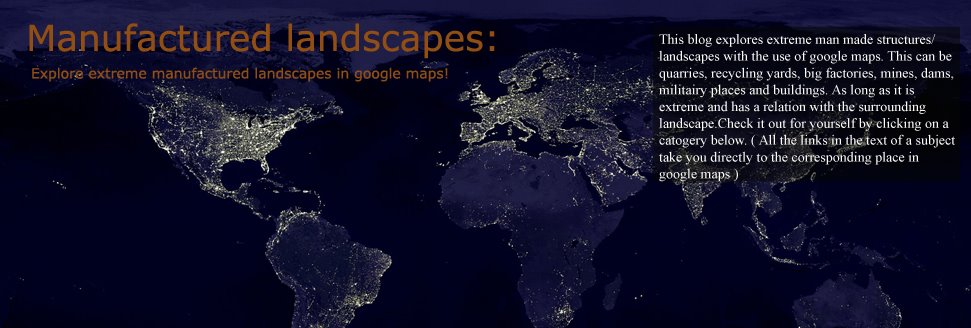The VLF Transmitter Cutler is the United States Navy's very low frequency (VLF) station at Cutler, in Maine. The station provides one-way communication to the United States submarine forces. These VLF transmitters can reach submarines 40 meter under the water. Most of the time the submarines itself are further underwater but they use an antenna floating 40 meter under the sea level which is attached to the submarine. This VLF transmitter is the second largest radio transmitter on the planet. It has a transmission power of 1800 kW, making it to one of the most powerful VLF-transmitters in the world. It also is one of the world's largest consumers of electrical power. In the picture below you can see the huge antenna's:

The extensive antenna system consists of two completely separate arrays. Each array consists of six diamond shaped panels supported by 13 towers. The central tower of each antenna system is 304 m tall, which is almost as tall as the Eiffel tower. It is surrounded by six 266.7 m tall masts, placed on a ring with a radius of 556 m around the central tower. The remaining six towers of the array are 243.5 m tall and placed on a circle of 935.7 m around the central tower:


It is proven that people in the surrounding area of the antenna's have a higher chance of getting cancer. This is why a lot of people left the nearby town of Cutler. The people of the house seen in the picture below would for sure be in the danger zone:


Currently it looks like Movable Type is the best blogging platform available right now.
ReplyDelete(from what I've read) Is that what you are using on your blog?
Feel free to visit my blog: lattialauta
When someone writes an article he/she keeps the thought of a
ReplyDeleteuser in his/her mind that how a user can understand
it. Thus that's why this paragraph is great. Thanks!
Also visit my web site: semaine
Sweet blog! I found it while browsing on Yahoo News. Do you have any
ReplyDeletetips on how to get listed in Yahoo News? I've been trying for a while but I never seem to get there! Thanks
Visit my web blog: agriculture